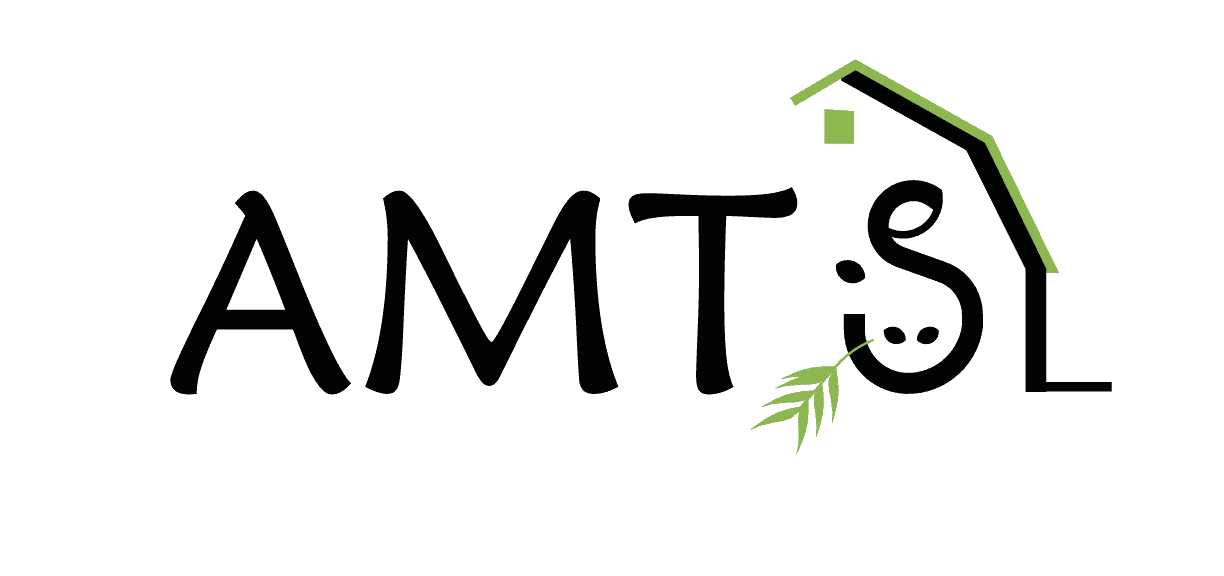Here at AMTS, we rely on maintaining close contact with our users through newsletters, industry meetings, our blog–Ruminations, and teaching seminars. Recently, in mid August, we recently held one such meeting in Denver, Colorado. This was our first real “away” seminar and Lynn did a fantastic job setting up the location and scheduling activities. We had two and a half days packed with presentations, question and answer sessions, two fantastic speakers, a farm visit, and even a major league baseball game at Coors Stadium. It was a switch for us not to base out of Ithaca; we wanted to offer a location closer to some of our Western US and Canadian users for a change. It was a great experience for all of us and the participants really enjoyed the venue.
Lynn coordinated with Marco Dib a nutritionist consultant with Midwest PMS, the company that graciously hosted our conference in their beautiful corporate offices in Firestone, Co.

Our group was limited to fifteen of our more experienced users; the group size was ideal for more informal exchange of questions and really encouraged deeper discussions around the table. This session was focused on the nutritionist familiar with the program and comfortable with the model and biology behind it. We wanted to provide an opportunity to dig into some of the finer details of recipe formulation and provide insight into some of the biology and equations generating performance predictions when using the program. In past meetings, when larger groups with more varying skill sets were present, this kind of in depth exchange of ideas was hard to implement; here, the users who attended were at a point in their understanding of the model that they were looking for an opportunity for more advanced information. As can be the case in smaller groups, we did not strictly adhere to the issued agenda – participant feedback indicated that they liked it that way – when else do they have the opportunity to pick so many tremendous minds!
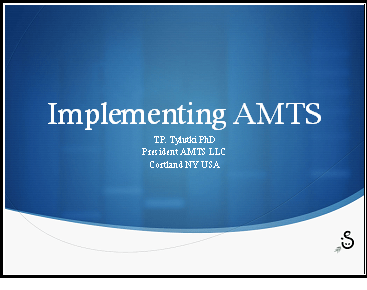
Tom began the program with an overview of new features in the .Cattle program. This past year changes have been made to the program that are focused on improving ease of use, features that allow quick visualizations of feed nutrient contribution, and features that allow for customization by users. The science supporting the model is complex; Tom, as a contributing model developer and practicing nutritionist is especially adept at translating science based inputs into bottom-line efficiencies and profitability.
Some key areas of change that Tom covered were:
- Appending signatures to reports (see tutorial here)
- Adding a lactating beef cow milk production prediction
- The ability to turn auto-save feature of file management on/off allowing user great file control
- The ability to show/hide feed cost on reports
- A cloud based add-on allowing formulation using smart devices
-
Tables and graphs showing, by nutrient, specific feed contribution
After covering specifics of the program features, we expanded our focus to changes that can be expected in the near future both from the AMTS program standpoint and in regards to the CNCPS model. Coming updates will incorporate an administrative feature that will allow companies to set access within the company files, a feature giving the ability to make economic projections for growing animals, and the inclusion of more nutrients. We continue to add new programs to the AMTS suite, Caroline spoke about Feed Bank Manager – targeting feed companies seeking easy coordination between nutritionists and the mill and Tom introduced very briefly a Feed Sheets program (still in development) that allows easy reporting on the farm to the nutritionist.
Tuesday night we went off to a Denver Rockies baseball game in Coors stadium. Some of us had never been to a baseball game and were pleasantly surprised that 9 innings where Both Teams each got “up at bat” was not the life sentence it was anticipated to be… Some others of us were very excited to be there and knew all the basebally things one should do.
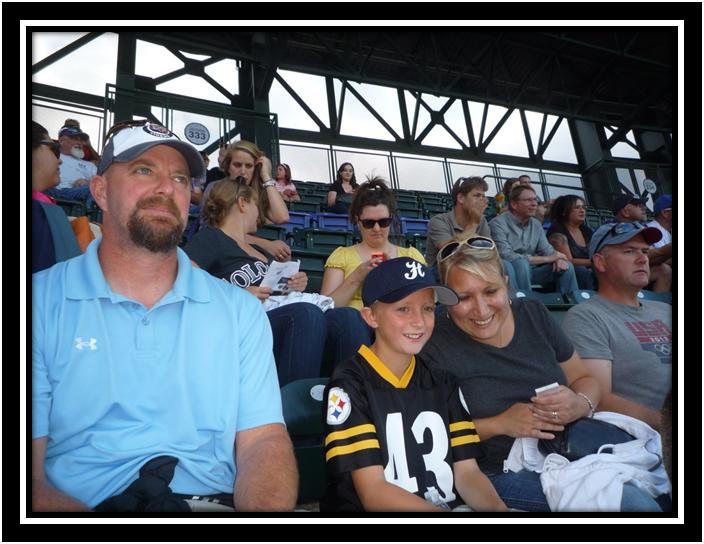
Wednesday, guest speaker, Ryan Higgs of Cornell University, gave insight on future CNCPS features that will further refine the model equations allowing for protozoan inclusion, accounting for endogenous Nitrogen, including a three pool NDF, as well as incorporating animal behavior into the model. As research gets closer to actually knowing what goes on in the ‘black box’ of the animal, nutritionists’ challenge will be to utilize that knowledge in ways that create healthier, more efficient, more profitable animals while increasingly minimizing the effect animals agriculture has on the planet.
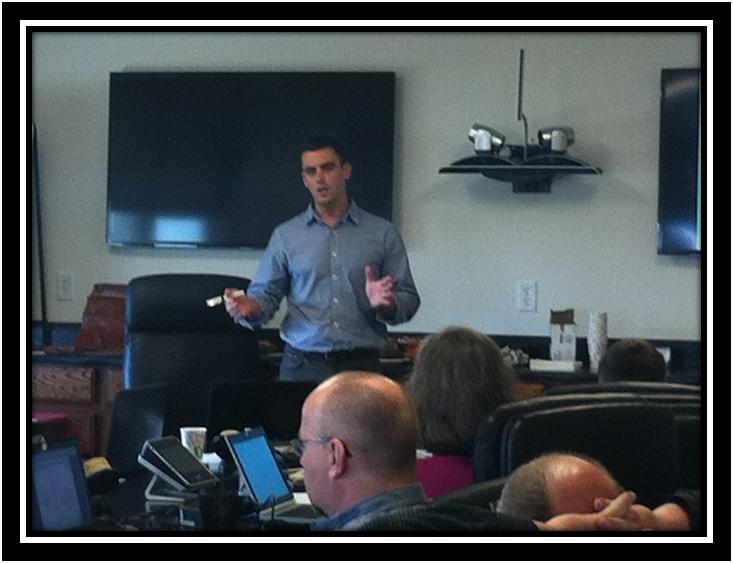
Jim Drackley, University of Illinois, presented his current information regarding calf feeding management and information on dry cow diets. His talk also generated a considerable amount of discussion about what the field nutritionists were finding to be successful in their programs.
The group was able to lead the discussion to areas in which they had questions. This part of the session was lead by Tom and gave the participants a chance to present formulating strategies based on his knowledge and experience with the model. Many responded afterward that they attended the meeting for the opportunity for this sort of idea exchange.

On Thursday morning we visited Monte Vista Dairy a 3000+ cow dairy in Gill, CO (about 45 minutes away). The visit was hosted by Marco and the owner, Garrett DeVries, DVM. As we toured the milking, housing, and feeding areas, Dr. DeVries explained his goals and approach to dairying on this farm. His emphasis on efficiencies drives the decisions he makes in all areas from raising replacements (he doesn’t) to feed ingredients (50# of carrots/day, 2# DM!).
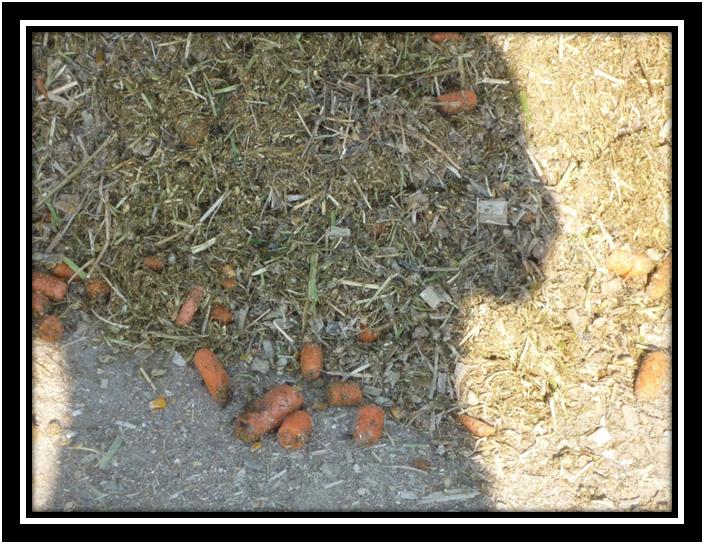
Afterwards we returned to Firestone and dispersed. A great time was had by all – some more than others!

Meeting papers and presentations from AMTS and our speakers can be downloaded with permission after contacting mariann@agmodelsystems.com
